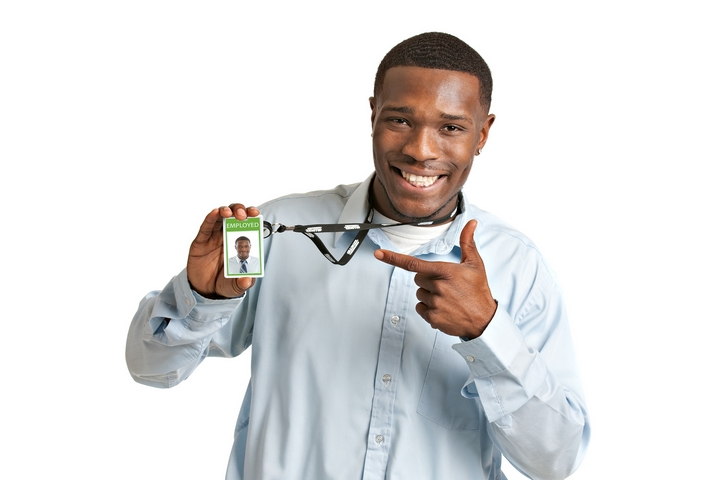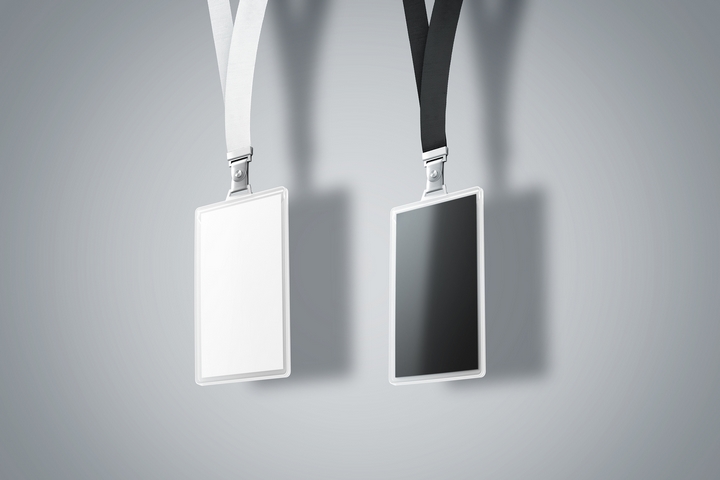ID cards can be used or many different purposes throughout your life. You may need to prove your identification to drive, work or go to school. You may need your ID card in a variety of settings and places. This could include at college or university, if you have to visit or stay in a hospital, to enter office buildings and to get in and out of your workplace.
Identification cards can be used for basic recognition and identification, but they can also be used to provide additional security, and controlled access, and entry to certain premises and property.
The main reasons that we will need an ID card will be to show proof or age, residence or the ability to drive. We may also need them to get into certain buildings or even parking lots. The main places we will use our identification cards the most will likely be at school or work.
1. ID cards for children

Even before going to school we are now getting ID cards at a very young age. Some parents are preparing or purchasing child ID cards for their family. These dentification cards have been proven to help to children safe. If a child is lost and they are wearing a child ID tag, they can be more easily found and returned to their parents.
The information on a child’s identification card should include their basic information like their name and address, parents’ names and contact details, medical emergency details. They should also feature a recent photograph of their child as well as their date of birth, height, weight, and hair colour.
2. ID cards for students

At school, ID cards are used for the basic identification and access of students, but they are now also being used to record and track attendance and to restrict access to controlled areas like labs, the school library or computer room. These type of identification cards are also popular for discounts on public transit, food, and even events like concerts and movies at a reduced rate.
Students like them for the deals while retailers like them for the increased business. Student ID cards help keep them safe throughout high school and into college and university. But they also allow students to be acknowledged and recognized in their community.
3. ID cards at work

After their school ID card and their driving license, their employee identification card is their first main identification. It is kind of like the transition into adulthood and it can make even a summer or part-time employee feel grown up and part of the bigger adult world.
Employee identification cards can be used to identify employees of a particular firm or corporation, but these cards can have many additional purposes. Companies are now using them to control access to parking lots and certain areas in the building that may contain confidential or sensitive information or equipment.
Identification cards may also be used as part of an overall company security plan that controls access to employer premises and limits entrance to those who have a legitimate reason for being there. ID cards are also being equipped with microchips that can record employee attendance and monitor their performance at work.
4. Different types of identification cards

Today’s ID cards literally do come in all shapes and sizes from magnetic strip cards to holographic cards that feature built-in security features. The magnetic strip ID cards have circuitry built into the cards which allows access via an electronics reader as with a proximity card. Multifunction ID cards are also popular at work because they utilize many different technologies on a single card and allow them interface employee records like electronic time sheets with the company and building security systems.
Holographic ID cards are the favourites of banks and credit card companies. These cards use a variety of features like holograms, bar codes, PDF symbologies and colour shifting inks to enhance security.

